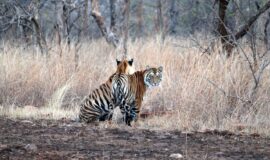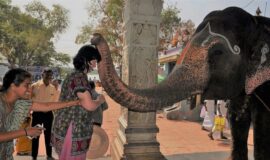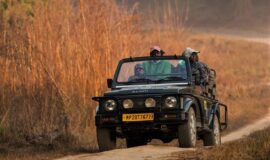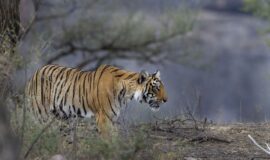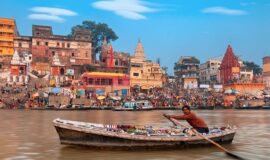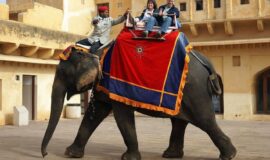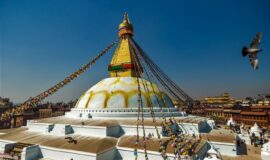4-Wheel Afternoon Safari in the Nagarhole National Park
Duration – 4 hours
Time – 5:45 AM to 10:00 AM and 3:00 PM to 7:00 PM
Your wildlife adventure is not complete without a true jungle safari!
The Nagarhole National Park stretches out to 644 square kilometers. Its status as a protected wildlife sanctuary began way back in 1974. Due to its natural state, it fosters a thriving ecosystem of diverse plant and animal life. Nagarhole’s forests hold deciduous trees with dry and wet areas. This diversity of natural parts means that the flora and fauna that live here could thrive in either one.
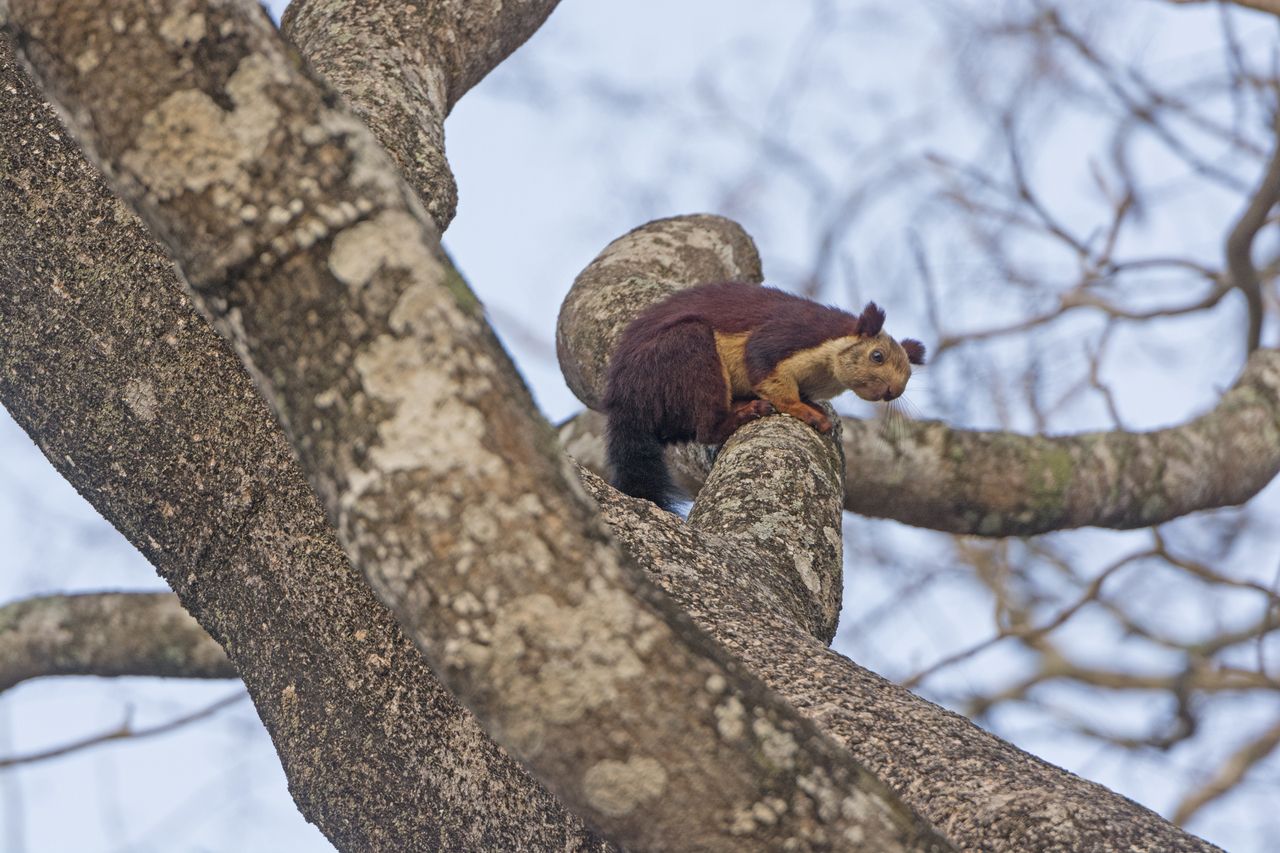
Indian Giant Squirrel looks down from a tree in the Nagarhole National Park in India © Wildnerdpix / Shutterstock
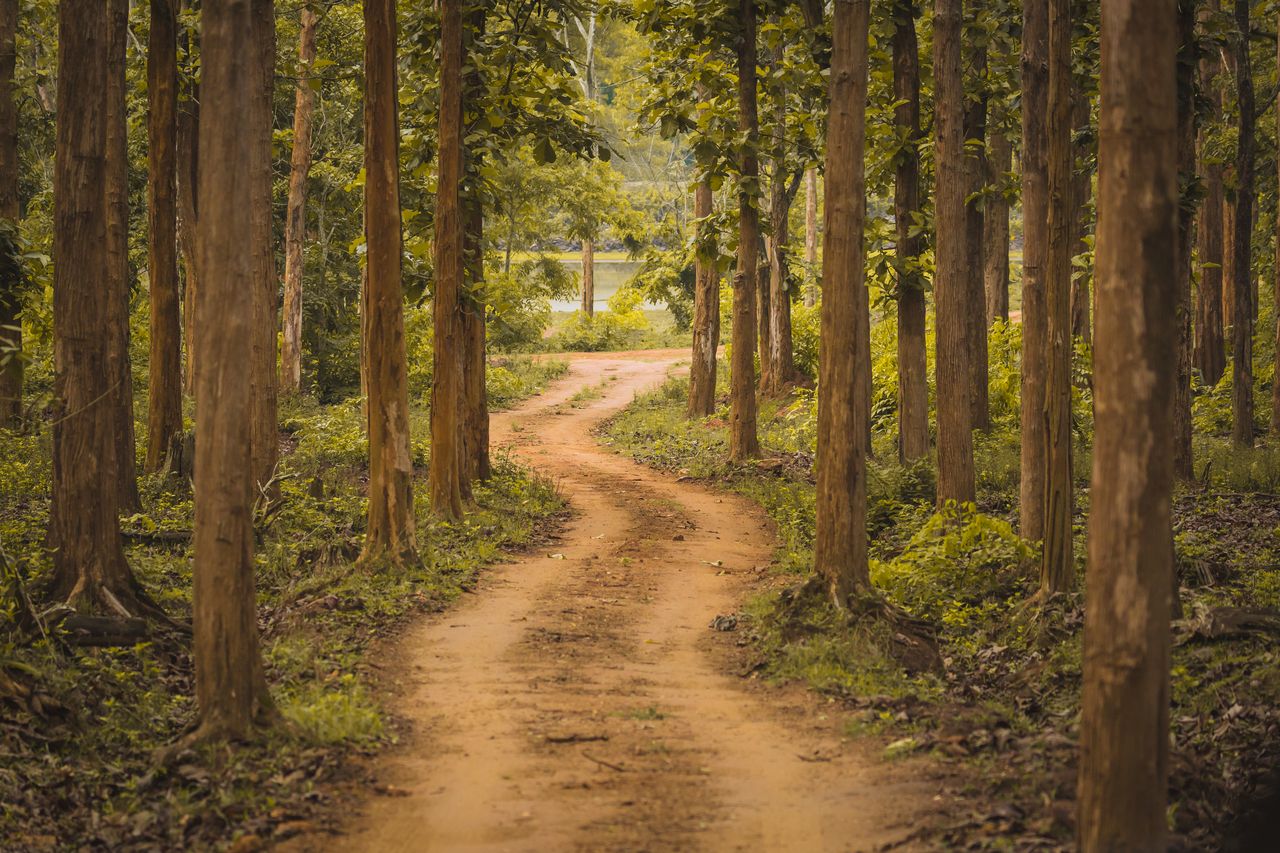
A curving path through the trees in the national park of Nagarhole © Vivek BR / Shutterstock
The drive to the park leads us through some farmland and villages in which the local population grows fruit trees, grain, and vegetables. They were originally just settlements that were given to the people by the government after the dam was installed across the Kabini River. After the dam, the reservoir formed and flooded the lands the people used to farm on. Now they have new ones right next to the National Park. The teak trees that line the path through the forest in the Nagarhole reserve are early signs of the agricultural switch before the reserve was created.
The Nagarhole Forest has an atmosphere distinct to the rest of the farmland. One of the first things you will notice is the loud sound of cicadas droning in the treetops. This creates the background noise for many of the jungle and forest treks you will take during your Indian vacation. As the vehicle drives by or an animal predator approaches, the cicadas will stop and then start up again but the danger has passed.
The rich ecosystem of this protected forest boasts the highest density of plant-eating wildlife in Asia. These include the chital or spotted deer, sambar or swamp deer, guar or Indian bison, Asian elephant, and the Indian Muntjac among others. There are approximately 108 herbivores for every square kilometer of the park. Of course, where there are prey animals, there are also predators. These include leopards, tigers, and wild dogs. Interestingly enough, some other inhabitants of the forest help the herbivores escape from the carnivores. These primates, such as the black-faced langurs, make a loud sounds when the predators approach so the deer and other gentle creatures can get out of the way
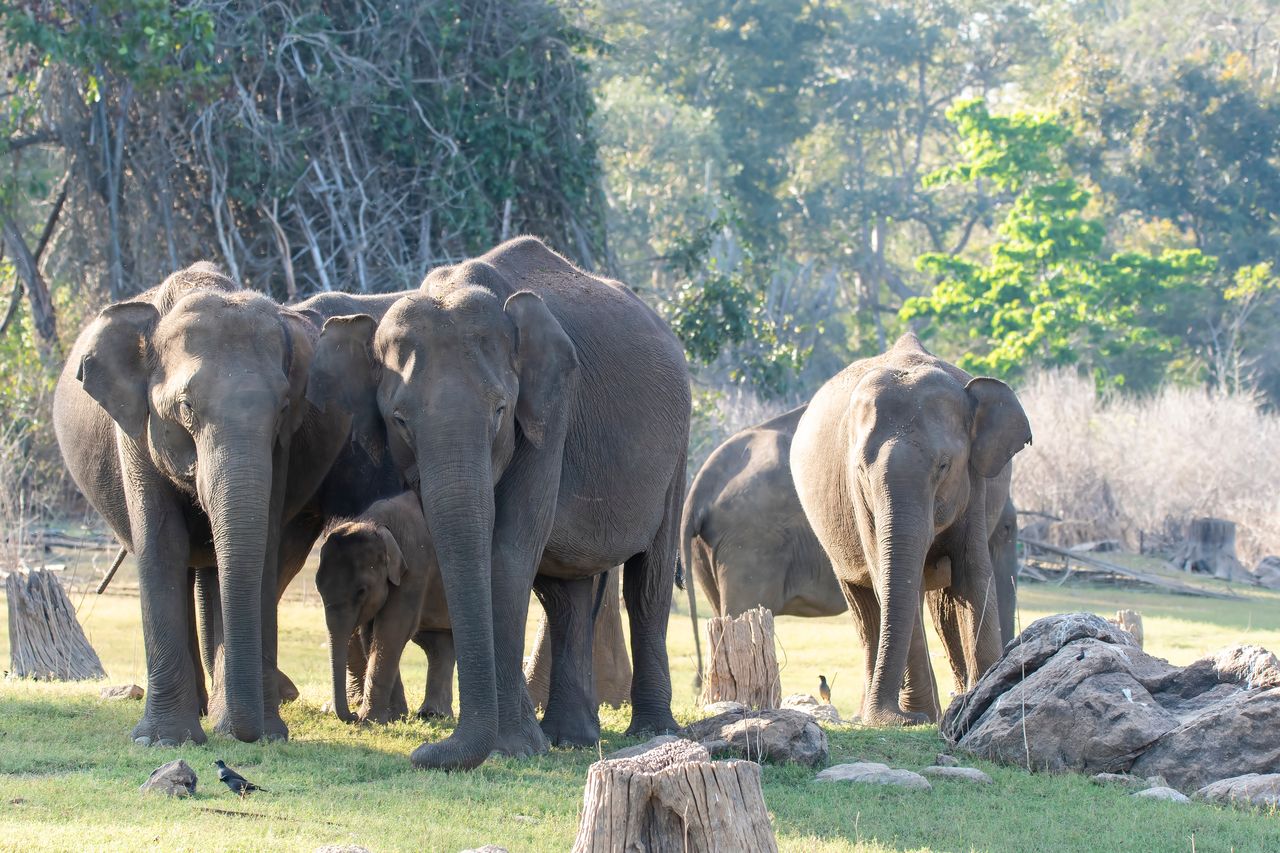
This family group of elephants includes an adorable baby. They live inside the Kabini Tiger Reserve (on the edge of Nagarhole National Park) © Chaithanya Krishnan / Shutterstock
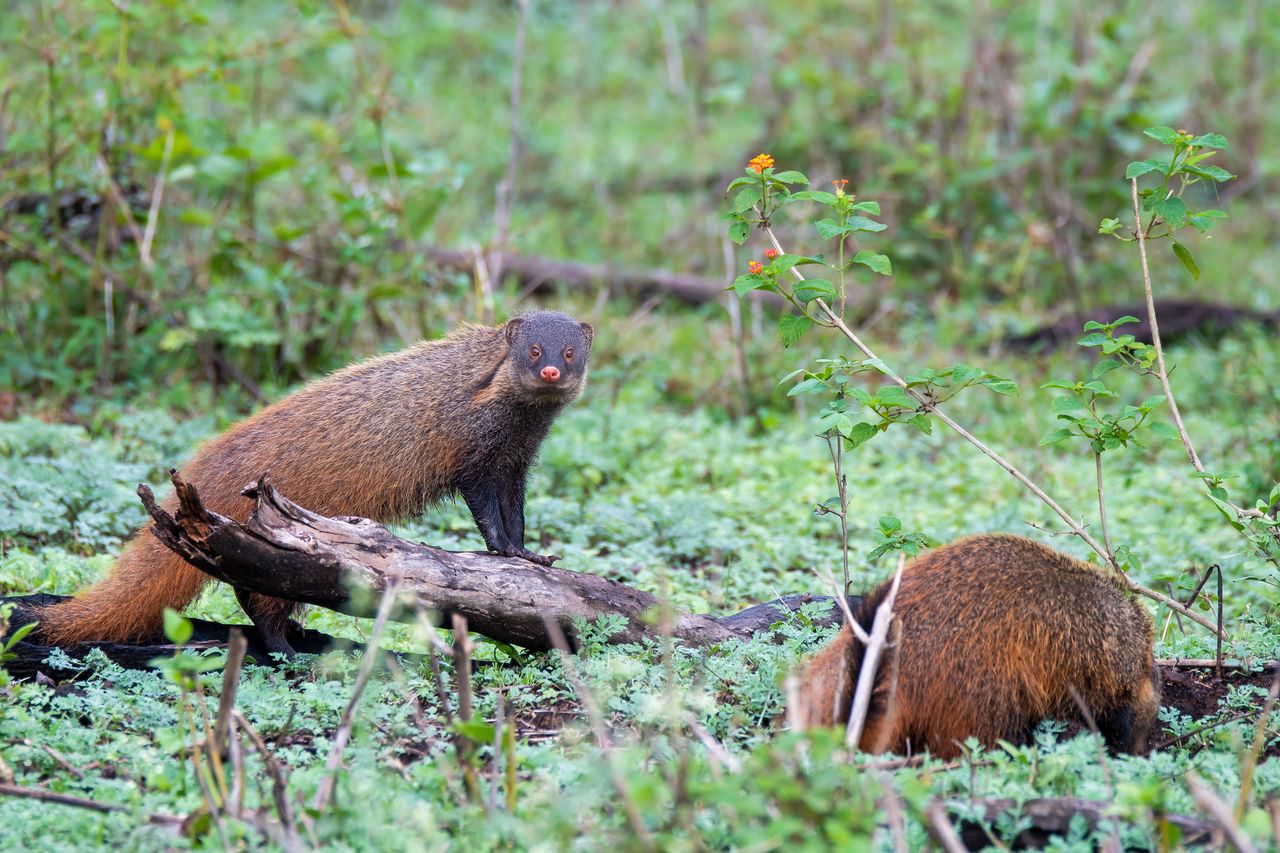
A couple of stripe-necked mongoose browse for a meal in the foliage inside Nagarhole Tiger Reserve. Picture was taken on a wildlife safari trip. © Chaithanya Krishnan / Shutterstock
Besides the large concentrations of herbivores and amounts of Asian elephants, the Nagarhole preserve contains one of the largest resident populations of tigers with 76 individuals. Even though there are a lot of them, these big cats are very elusive and it may be difficult to spot one on your journey. Keep your eyes open and trust to luck and you may get a glimpse of this apex predator.
If the numbers in the animal kingdom do not throw you in the, the reserve also hosts 300 different species of bird. Some of the most interesting varieties include the crested serpent eagle and the rare black headed ibis.
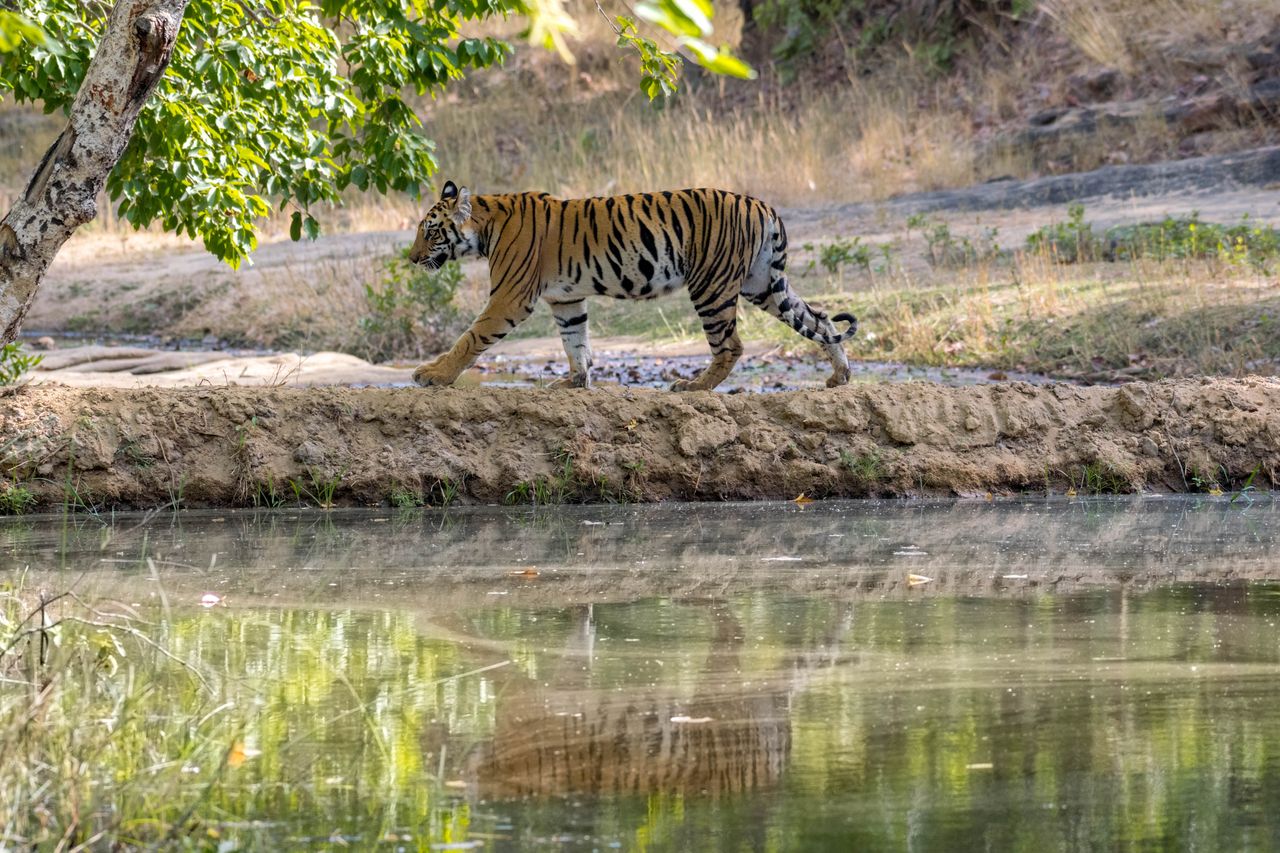
Royal Bengal tiger strides along the waterfront in Nagarhole National park © Random Stranger / Shutterstock

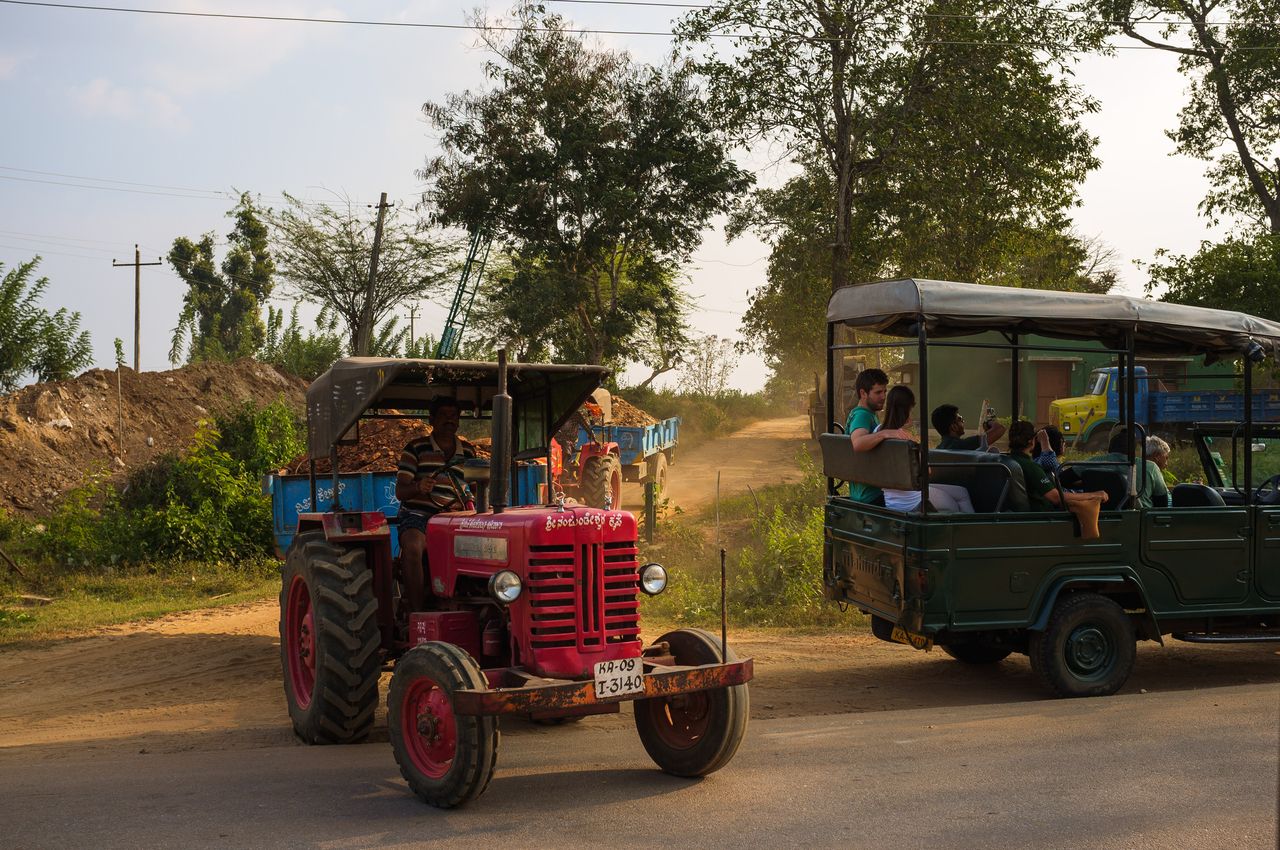
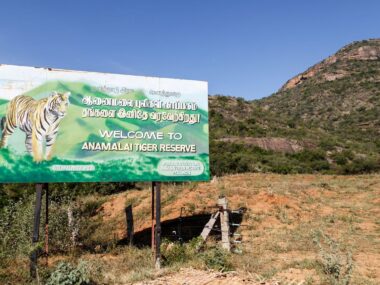
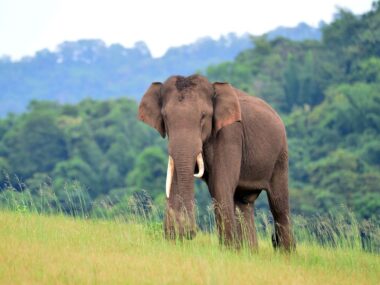
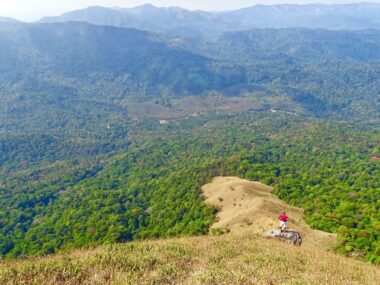
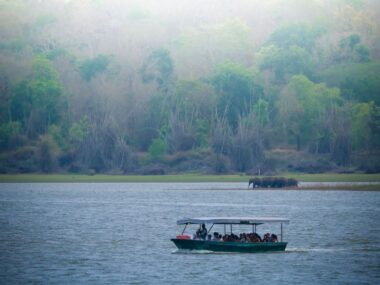
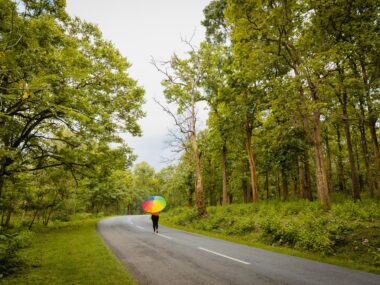
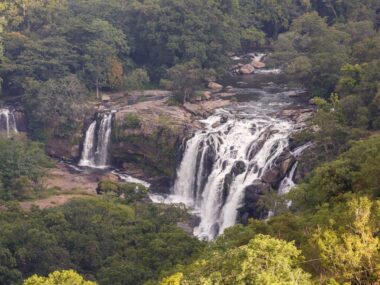














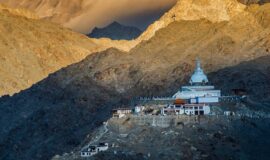

![Golden Triangle Tour with Goa [Culture + Beach Vacation] (12 days) Golden Triangle Tour with Goa [Culture + Beach Vacation] (12 days)](https://www.vacationindia.com/wp-content/uploads/2022/06/golden-triangle-tour-with-beach-vacation-270x160.jpg)

